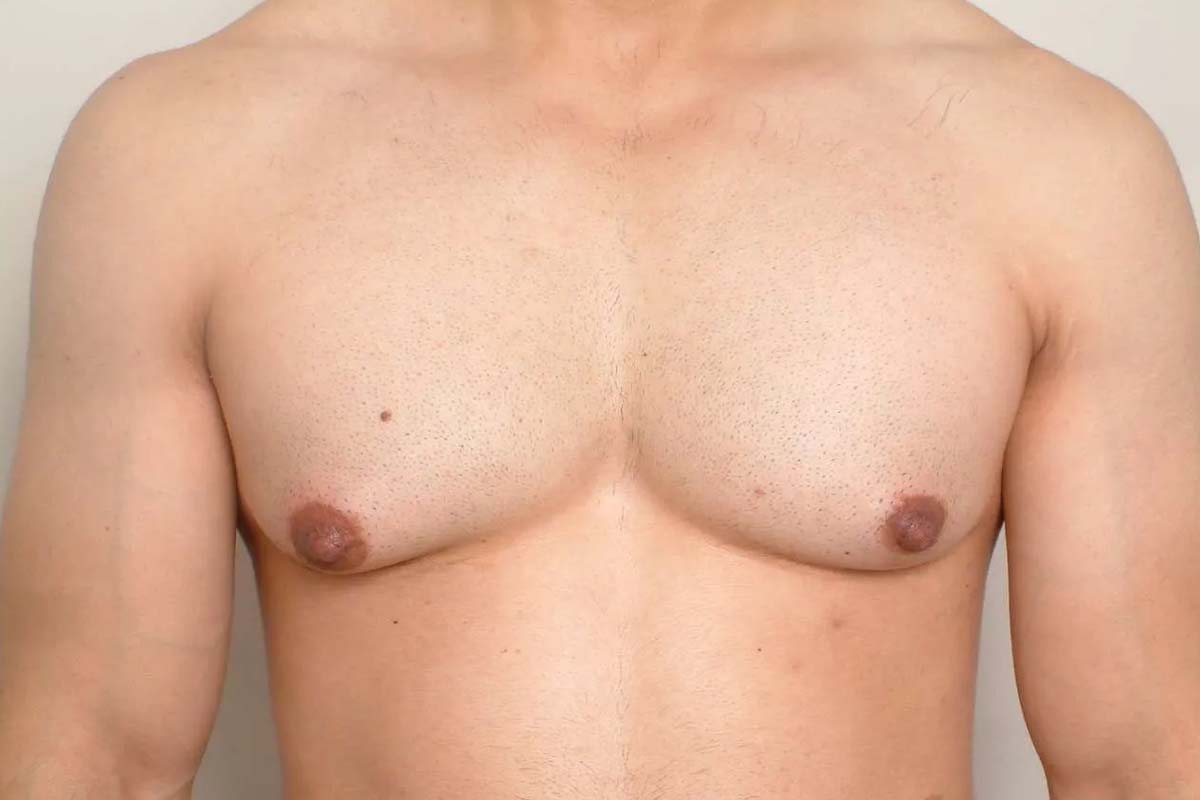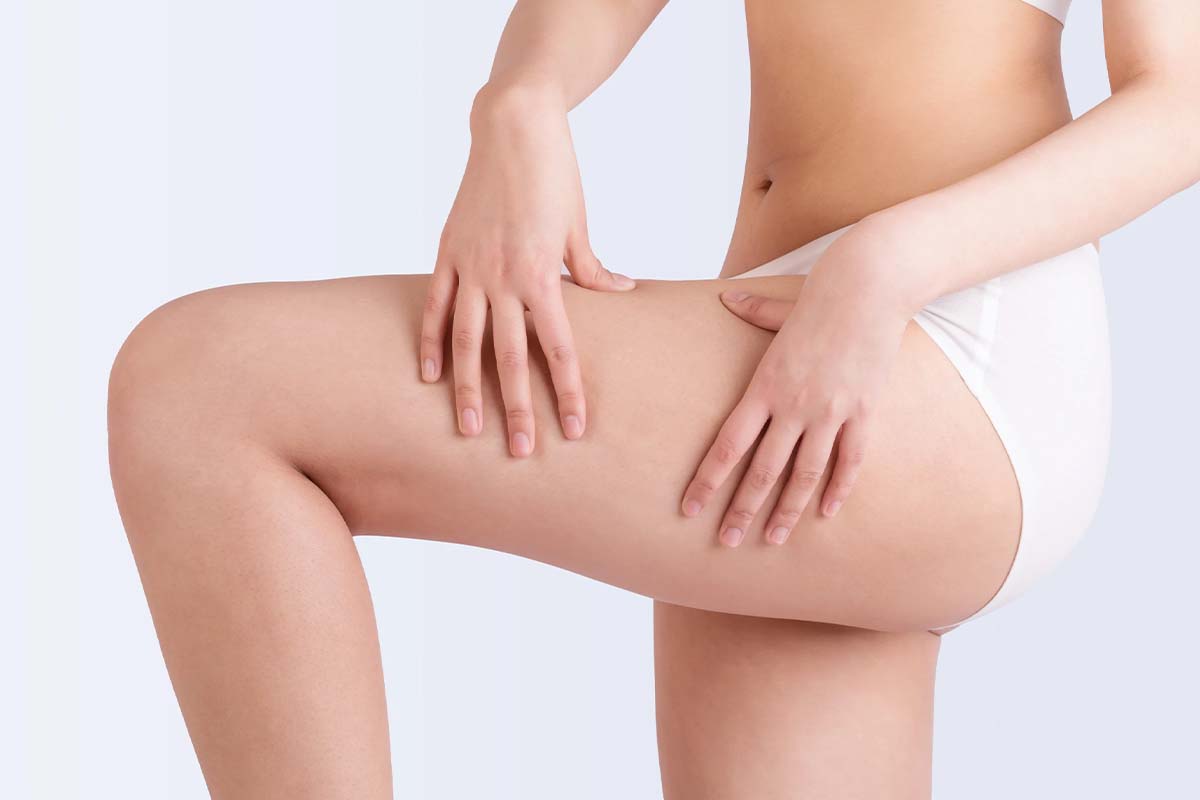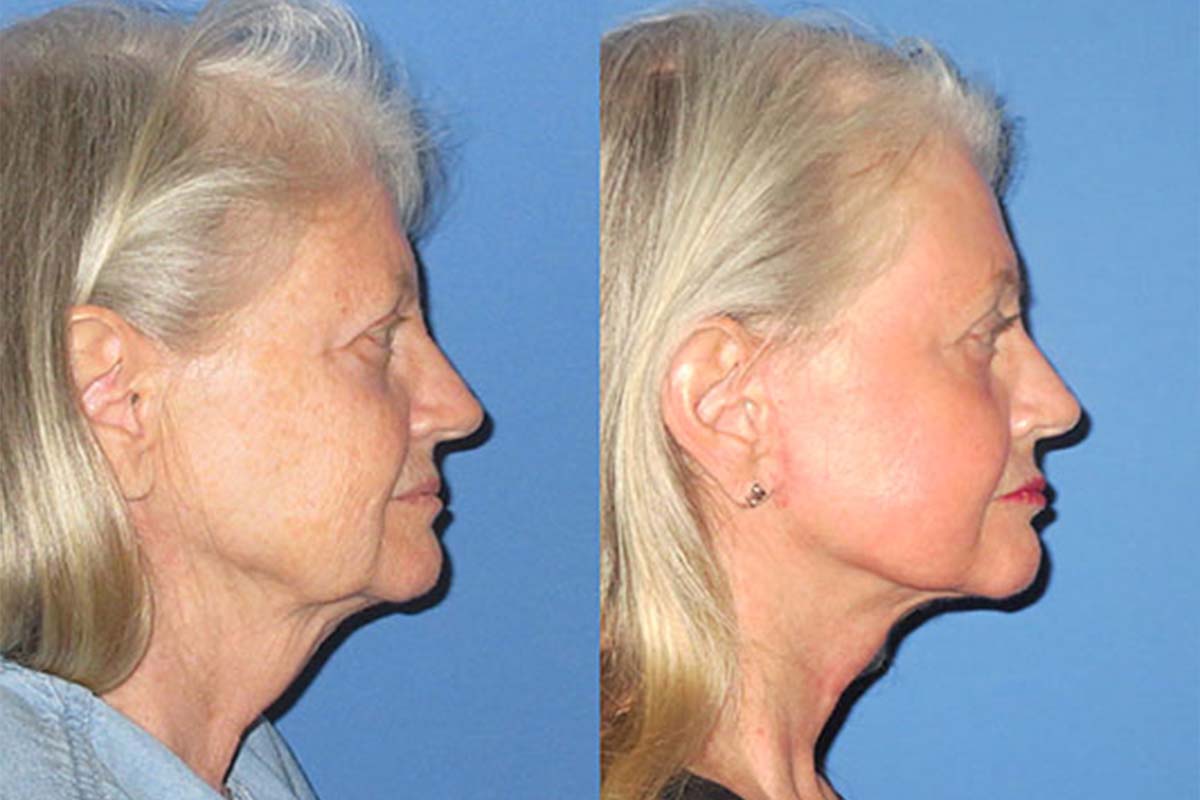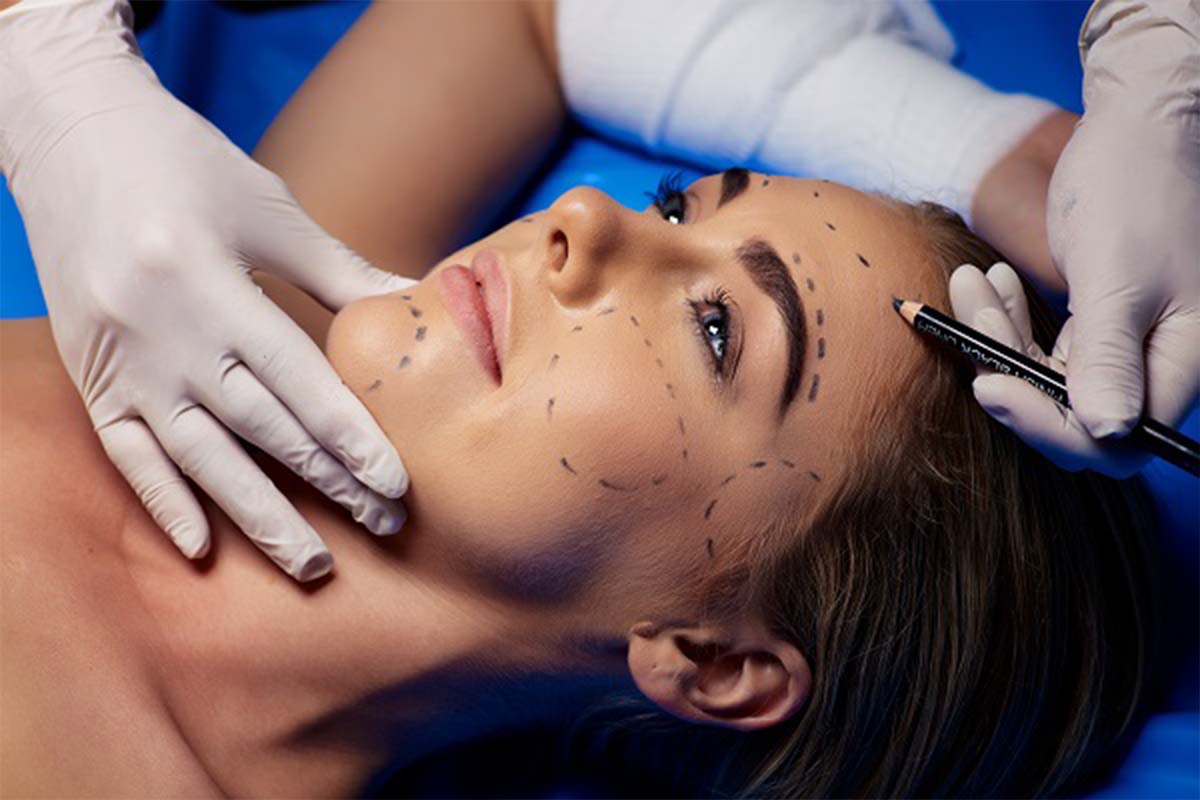Traditional Tummy Tuck
In a traditional tummy tuck, the surgeon makes a horizontal incision typically from hip to hip, just above the pubic area. The length of the incision depends on the amount of excess skin to be removed. After the incision, the surgeon lifts the skin and fat away from the abdominal muscles to access the underlying tissue.
Excess skin and fat are removed, and the abdominal muscles are tightened using sutures to create a flatter and more toned abdomen. The remaining skin is then re-draped over the abdomen and sutured into place, with any excess skin trimmed as needed.
;
Mini Tummy Tuck
A mini tummy tuck involves a smaller incision, typically limited to the lower abdomen below the belly button. The procedure focuses on addressing excess skin and fat in the lower abdomen, making it ideal for patients with mild to moderate concerns limited to this area.
Since the incision is smaller and the surgery less extensive compared to a traditional tummy tuck, recovery time is often shorter.
;
Extended Tummy Tuck
An extended tummy tuck builds upon the principles of a traditional tummy tuck but extends the incision further around the hips. This allows the surgeon to address excess skin and fat not only in the abdomen but also on the sides of the torso, commonly known as the "love handles" or flanks.
The extended tummy tuck is suitable for patients with significant excess tissue extending to the sides of the abdomen.
;
Circumferential Tummy Tuck
A circumferential tummy tuck, also known as a belt lipectomy, is the most extensive tummy tuck procedure. It involves removing excess skin and fat not only from the abdomen but also from the back and hips. The incision extends around the entire waistline, allowing for a 360-degree transformation of the torso.
This procedure is typically recommended for patients who have undergone massive weight loss and have significant excess skin and fat circumferentially around their midsection.
;








 Australia
Australia USA
USA





























